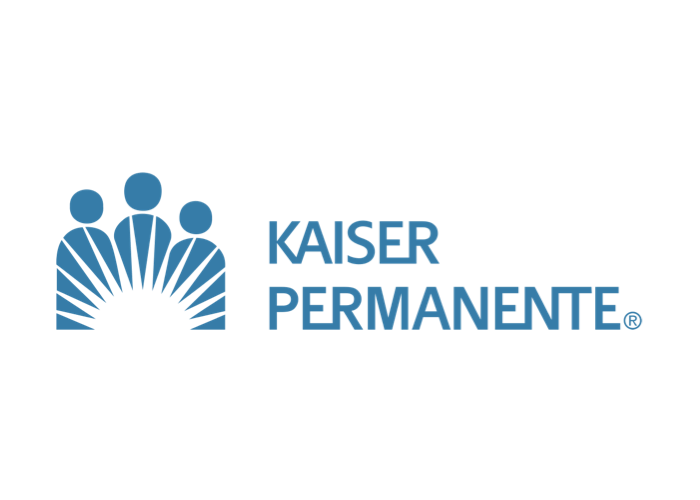SHIPPING
Shipment Volume Forecasts Powered by AI at Senko Group


45%
increase in forecast accuracy
5%
reduction in workload of logistics staff
Senko Group Holdings, a large integrated logistics service provider, operates logistics business as one of their core businesses focusing on apparel and e- commerce in the Tokyo metropolitan area. In order to improve efficiency of manpower planning and to reduce the logistics staff’s workload in providing services to their contracted customers, Senko Group worked on predicting shipment volume from their warehouses by applying Machine Learning and achieved a high level of prediction accuracy. The accurate shipment volume forecasts allowed them to plan and allocate workers more efficiently.
Challenges
“At each warehouse, the staff supervising shipment operations works on shipment volume forecasts, and requests our subcontractor to allocate workers based on that. However, our forecasts sometimes fail to a large extent, in which case we need to make additional arrangements. Customer support and management are also important duties for the logistics staff, but it is becoming difficult to maintain all these tasks at a high level. On the other hand, we have to observe Japan’s “Work Style Reform” policy set by the government. To meet both of these challenges, we need to prepare options that would allow the logistics staff to complete their work as planned in different situations,” says Mr. Danzaka.
In addition, securing workers for operations at warehouses was becoming a serious problem at Senko Group due to the current shortage of workers in Japan. In order to maintain the customer service level when it is not realistic to cut operational tasks, it is imperative to have an alternative to cover part of these tasks.
There is nothing difficult to do with Driverless Al It automatically determines the most suitable model from multiple options to make a prediction . Without depending on your skill of statistical or analytical modeling , you can deliver accurate results . '
Mr. Naoki Danzaka, Warehouse Manager and Operational Improvement Project Staff
Solution
Senko Group decided to introduce AI for shipment volume forecasts. The company initially started with R and then tried IBM SPSS which is a leading data mining tool, to accumulate the knowledge and technologies of AI. However, both of them seemed to be challenging for the logistics staff to use for actual operations.
In addition, multivariate time-series prediction was what the company needed but the structure of the model was complicated so it required a great deal of effort for creating models as well as for applying feature engineering. As a result, Senko Group came to a conclusion to use Driverless AI. “With Driverless AI, there is nothing difficult to do. Once you import data for analytics, Driverless AI repeatedly performs feature engineering, selects prediction method and performs tuning. It is surprising that it delivers highly accurate results without depending on the skill of creating statistical analysis model,” says Mr. Danzaka. They use SPSS for data processing and Driverless AI for predictive modelling and prediction output, which help them streamline the operational procedure.
Results
Senko Group achieved the following benefits:
- Deliver a high degree of accuracy of 87% for forecasts. It means that 87% is the ratio of the forecasts which “do not create problems if the error falls in the acceptable range’ for actual operations.
- When it was applied for 30 days per month, the accuracy reached the level with only a few days out of the allowable error range. That was a significant improvement compared to the previous accuracy level of 60%.
- Even when the forecast period is extended from one week to one month, they can still keep the accuracy which enables them to secure manpower in a more reliable way. It is estimated that the workload of logistics staff dealing with a wide range of tasks can be reduced by 5%.
More Customer Stories








